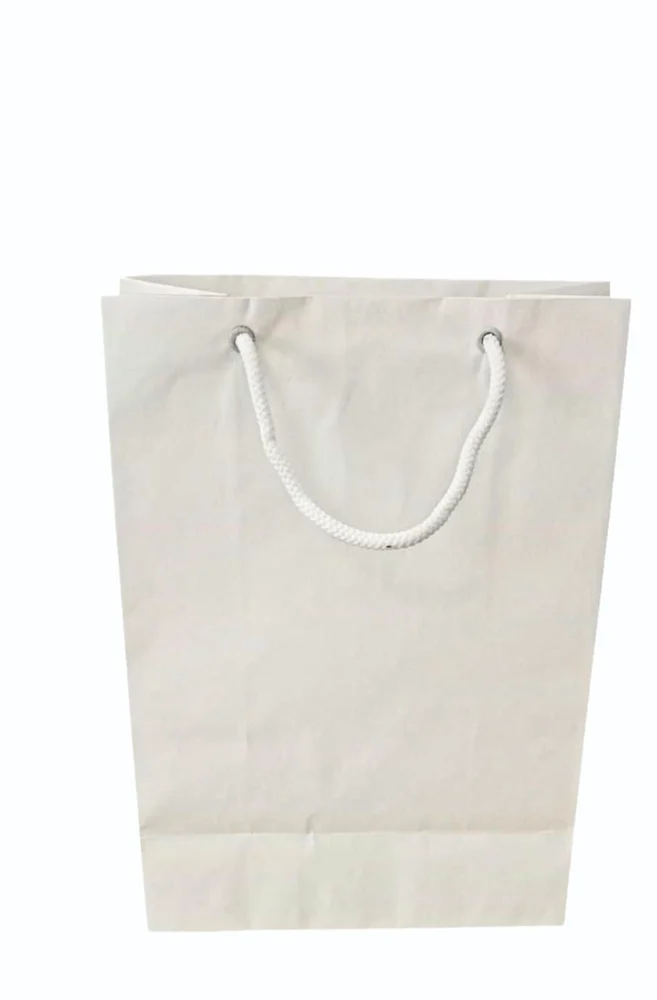Plastic bags are a ubiquitous part of our lives, but their utilitarian nature often leaves them looking plain and forgettable. Embossing and debossing techniques offer a powerful solution, transforming these everyday items into eye-catching and memorable packaging. By incorporating these textural elements, you can elevate your brand image, create a more engaging customer experience, and make your plastic bags stand out on store shelves. Embossing and debossing are two sides of the same coin. Embossing creates a raised design on the plastic surface, pushing the material outward. Imagine a logo or pattern that seems to pop off the bag, adding a touch of three-dimensionality. Debossing, on the other hand, creates a recessed design, pushing the material inward. This technique creates a subtle indentation, offering a contrasting textural element that highlights specific design details. Both techniques offer a multitude of benefits for plastic bag design. First and foremost, they add a touch of sophistication and luxury. A well-placed embossed logo or brand name instantly elevates the perceived value of the product within the bag.

This is particularly effective for premium brands or those seeking to create a more high-end image. Secondly, emboss vs deboss create a tactile experience that engages customers on a deeper level. The ability to touch and feel the texture of the design adds a layer of interactivity that plain plastic simply cannot match. This tactile engagement can leave a lasting impression on consumers, making your brand more memorable. Furthermore, these techniques offer a powerful tool for visual storytelling. By embossing or debossing specific design elements, you can draw attention to your brand logo, highlight key product information, or even incorporate intricate patterns that reinforce your brand identity. This visual emphasis allows you to communicate more effectively with customers without relying solely on printed colors or graphics. Embossing and debossing can also be strategically used to enhance the functionality of plastic bags. Debossed patterns can improve grip, making the bag easier to carry, especially for heavier items. Additionally, embossed designs can create designated areas for labeling or branding information, ensuring it remains prominent and easy to read.
When choosing between embossing and debossing for your plastic bag design, consider the overall aesthetic you want to achieve. Embossing creates a bolder, more prominent look, while debossing offers a subtler and more sophisticated feel. The design elements themselves also play a role. Bold logos or geometric patterns might be well-suited for embossing, while intricate details or text might benefit more from debossing. There are several factors to consider when implementing embossing and debossing techniques on plastic bags and view www.ketegroup.com. The type of plastic used plays a crucial role. Thicker, more rigid plastics are ideal for these techniques as they hold the design shape better. Additionally, the complexity of the design will influence the production cost. Simpler designs are more cost-effective, while intricate patterns might require specialized tooling. Finally, partnering with a reputable plastic bag manufacturer with experience in embossing and debossing is essential. Their expertise can ensure high-quality results that meet your design vision and budget.

